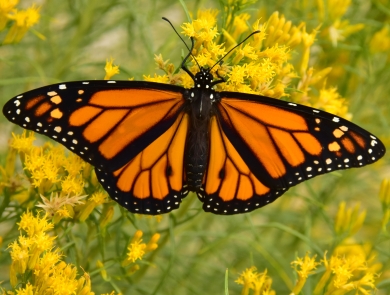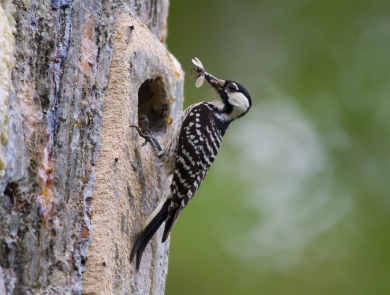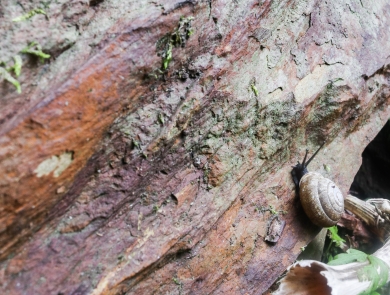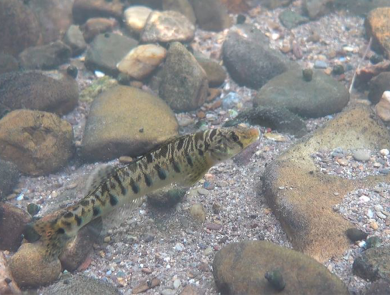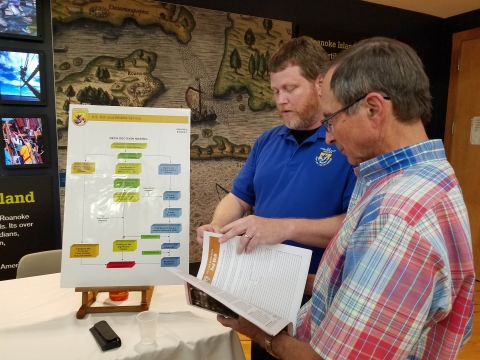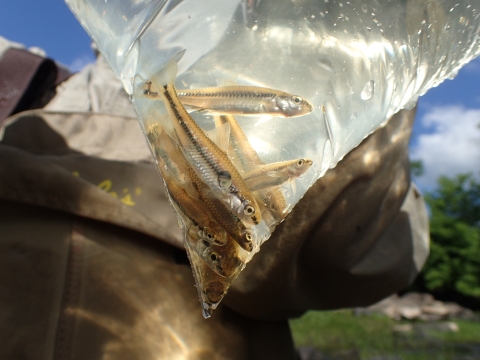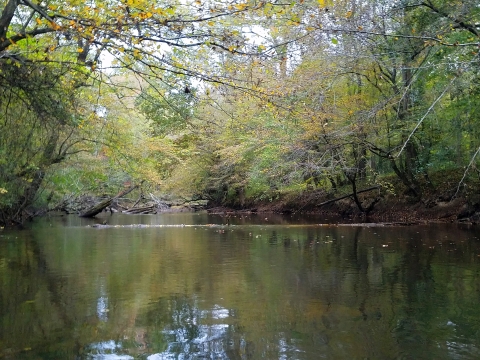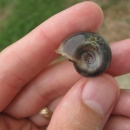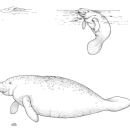About Us
Our People
Our greatest asset is proximity to the natural resources of interest and partnerships with others in the local conservation community.
Our Work Area
We cover North Carolina's easternmost 57 counties with staff living in Raleigh, Southern Pines and Manteo, within the Piedmont, Sandhills, and Coastal Plain ecoregions of Central and Eastern North Carolina.
Helping North Carolina National Wildlife Refuges
We assist the Fish and Wildlife Refuge System personnel, who manage 400,000 acres of habitat that sustain rare plants and animals that live and depend on 11 wildlife refuges located in eastern North Carolina.
What We Do
Our Services
We provide national leadership in the conservation of coastal areas and wetlands; restoration of natural resources injured by hazardous substances; environmental reviews of federal projects; listing and recovery candidate, threatened, and endangered species; and management of decision support and mapping tools.
Our Laws and Regulations
We are responsible for implementing numerous laws, including the Endangered Species Act, Fish and Wildlife Coordination Act, National Environmental Policy Act, Clean Water Act, Federal Power Act, Migratory Bird Treaty Act, Bald and Golden Eagle Protection Act, and Sikes Act.
Our Organization
Projects and Research
Through a broad suite of public and private partners, we provide technical assistance and leverage funding for conservation of threatened and endangered species as well as candidate and other at-risk species. We work di
rectly with other non profit organizations that are motivated to conserve our natural resources. We partner with other federal agencies and programs, as well as the American public to fund research and restoration projects that helps preserve our nation's biological resources.
Our Library
Looking for a specific document? Check out our Library Collections.
Resources for those seeking more information.





